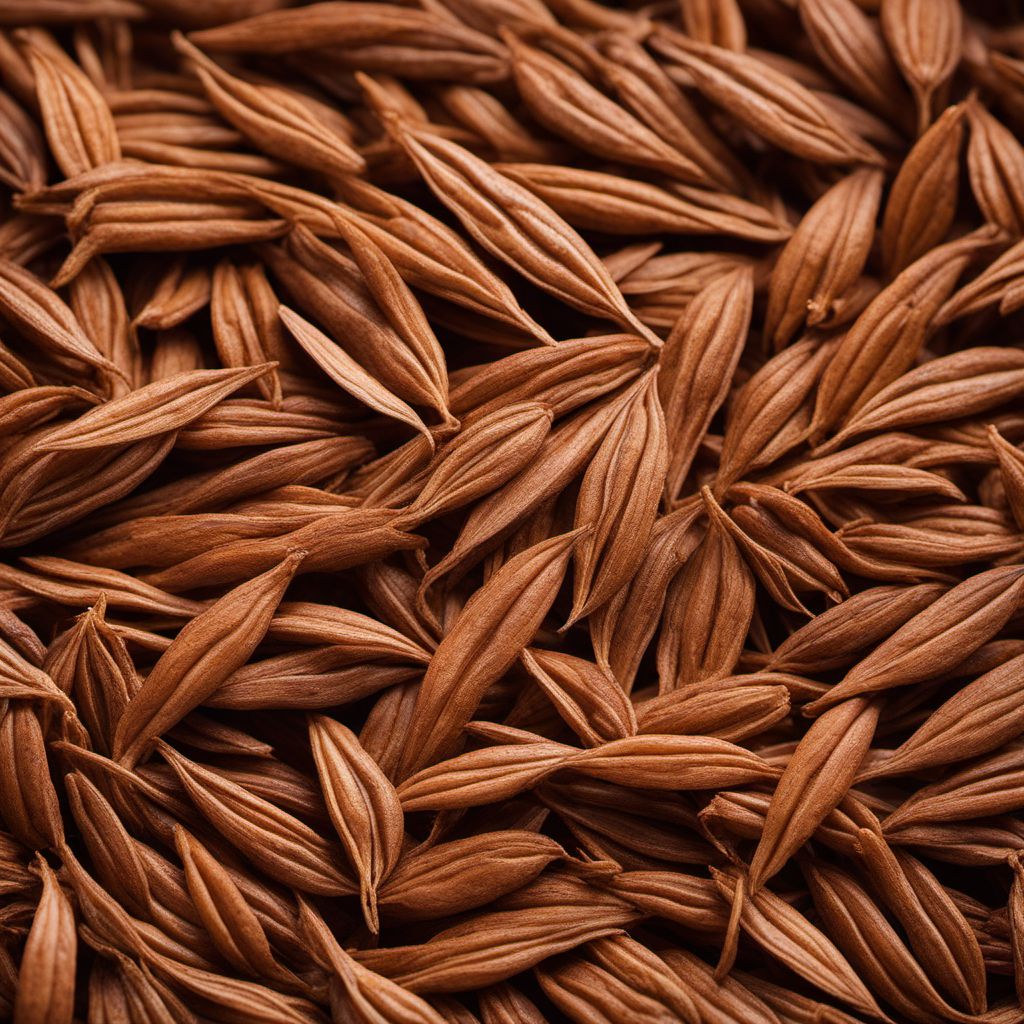
Ingredient
Caraway leaves
The Aromatic Herb: Unveiling the Secrets of Caraway Leaves
Caraway leaves are feathery, fern-like herbs with delicate green leaves that resemble dill or parsley. They have a unique fragrance, reminiscent of anise and citrus, and a slightly bitter taste. The leaves are tender and add a refreshing, aromatic note to dishes, enhancing their overall flavor profile. They are often used as a garnish or incorporated into salads, soups, stews, and sauces.
Origins and history
Caraway leaves are native to Europe, Western Asia, and North Africa. They have been used for centuries in various cuisines and traditional medicine. Caraway leaves were highly valued in ancient Egypt and were even found in the tomb of Tutankhamun. They were also popular in Roman and medieval European cuisines, where they were used as a digestive aid and flavor enhancer.
Nutritional information
Caraway leaves are a good source of vitamins A and C, as well as minerals like calcium, iron, and magnesium. They are low in calories, with approximately 23 calories per 100 grams.
Allergens
There are no known allergens associated with caraway leaves.
How to select
When selecting caraway leaves, look for fresh, vibrant green leaves without any signs of wilting or discoloration. Choose leaves that have a strong aroma, as this indicates freshness. If purchasing from a farmers market, opt for organically grown leaves to ensure the absence of pesticides.
Storage recommendations
To maintain the freshness of caraway leaves, store them in a plastic bag or airtight container in the refrigerator. They can last for up to a week when stored properly. Alternatively, you can freeze the leaves by blanching them briefly in boiling water, drying them thoroughly, and storing them in freezer-safe bags or containers for up to six months.
How to produce
Caraway leaves can be easily grown in a home garden or in pots. Plant caraway seeds in well-drained soil and provide them with ample sunlight. Regular watering and occasional fertilization will help the plants thrive. Harvest the leaves when they are young and tender for the best flavor.
Preparation tips
Caraway leaves can be used fresh or dried. To use fresh leaves, simply chop them finely and sprinkle them over salads, soups, or roasted vegetables. Dried caraway leaves can be crushed or ground into a powder and used as a seasoning in various dishes. They pair well with cabbage, potatoes, rye bread, and sausages. Additionally, caraway leaves can be infused in oil or vinegar to create flavorful dressings or marinades.
Culinary uses
Caraway leaves are commonly used as a garnish in salads, soups, and stews. They can also be added to bread dough or sprinkled over roasted vegetables for an aromatic twist. In Eastern European cuisines, caraway leaves are often used in sauerkraut and cabbage dishes. They can also be infused in spirits or used to flavor liqueurs.
Availability
Caraway leaves are commonly available in Europe, particularly in countries like Germany, Poland, and Hungary. They can also be found in specialty grocery stores or online.
More ingredients from this category » Browse all

Culantro leaves
The Vibrant Herb: Culantro Leaves

Celery leaves
The Unsung Heroes: Exploring the Versatility of Celery Leaves

Sorrel
The Tangy Herb: Unveiling the Secrets of Sorrel
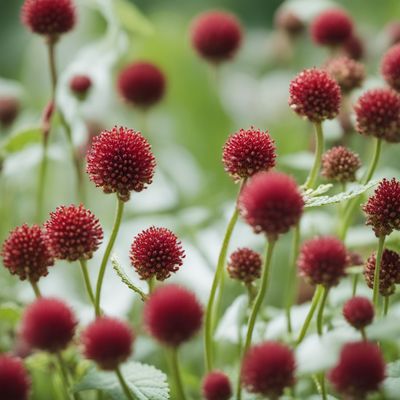
Burnet
The Herb of Coolness

Herb of grace
The Divine Herb: Unveiling the Secrets of Herb of Grace
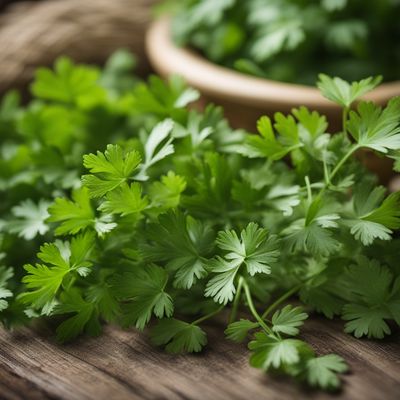
Coriander leaves
The Vibrant Herb: Unveiling the Magic of Coriander Leaves
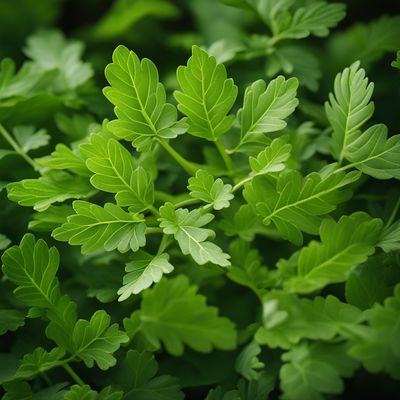
Lovage leaves
The Herbaceous Elixir
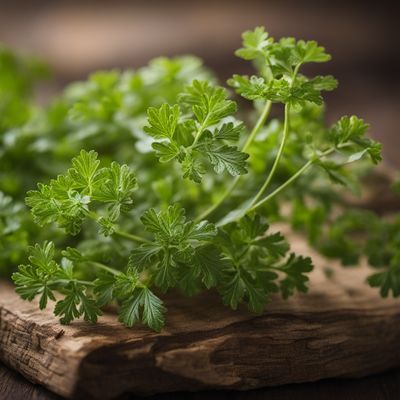
Sweet cicely
The Delicate Herb: Unveiling the Secrets of Sweet Cicely

Fennel leaves
The Fragrant Herb: Unveiling the Delights of Fennel Leaves

Pimpernel
The Scarlet Beauty: Pimpernel's Vibrant Flavors

Fenugreek leaves
Aromatic Herbaceous Delight

Salad burnet
The Refreshing Herb